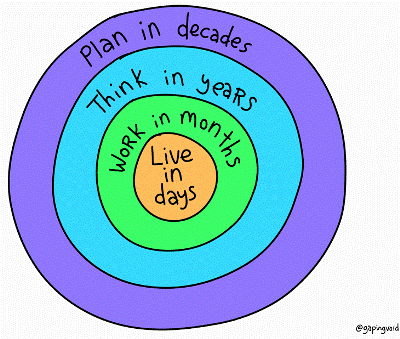Cal Newport’s advice in his book ‘So Good They Can’t Ignore You’ is quite clear: “if you want a great job, you need to build up rare and valuable skills— which I call career capital— to offer in return“. And it’s not about following your passion!
 A great job or career would thus be a situation where we can find personal satisfaction by creating great value for the world.
A great job or career would thus be a situation where we can find personal satisfaction by creating great value for the world.
This seems relatively straightforward when pondering: if you want a great occupation with relevant independence and time to create great stuff, you need to have rare and valuable skills that are highly in demand. Hence you can exchange these skills against money – of course -, and most importantly also a large number of non-monetary compensation and advantage. In brief, a high value.
Have you figured out what is really unique and valuable in what you are doing? It might be only a very small part of your occupation at the moment, why don’t you get better at it and make it a linchpin of your professional life?












